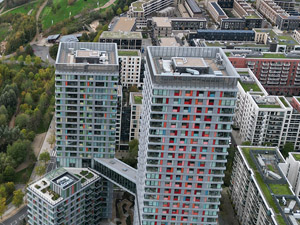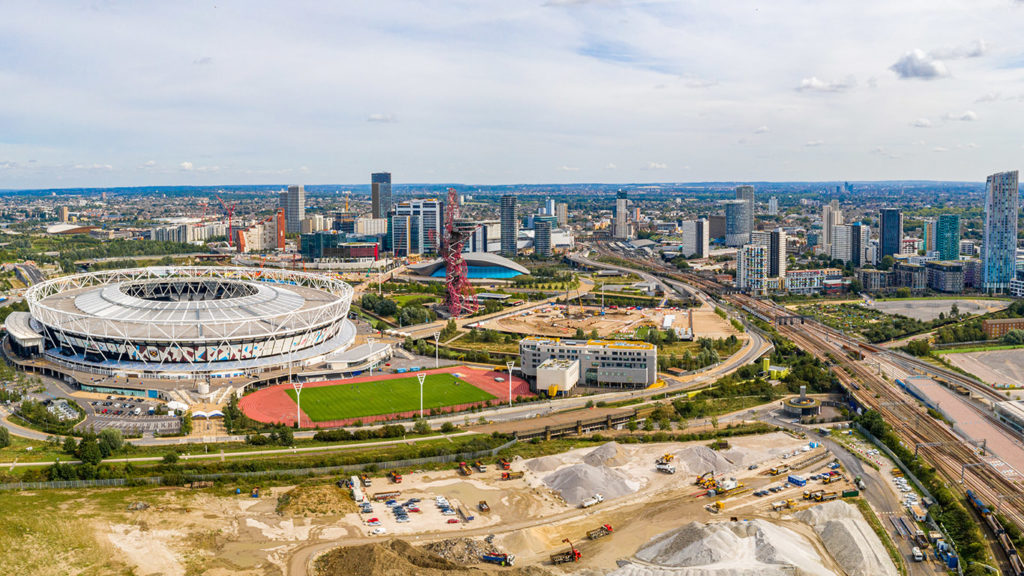
In an increasingly digital world technology plays a major role, and the Games are an unmissable opportunity for new projects and collaboration that can be put on view for the world to see.
An Olympians success is judged by their sporting performance, a host’s success is judged by its infrastructure, the quality of venues and the provision of facilities for athletes and visitors for example.
In sport, one example of technological advancement presented at London 2012 was demonstrated in the electronic starting blocks – previously calibrated to detect movement, they were redeveloped to detect pressure; a false start could be identified by the force of a runners heel lifting too early.
In 1964 the Games involved the first use of live colour satellite footage, whereas 2012 was the first ever live 3D Olympic Games.
One of the main challenges identified for London 2012 related to data – the sending and sharing of pictures, videos, texts and phone calls. To support the vast amount of traffic BT implemented a converged communications network, an all-purpose network designed to handle all forms of data and communication. At peak, approximately 60% of the load related to devices accessing the London 2012 mobile website or one of the apps.

The use of apps is now integrated into everyday life. In 2010 however, a subcontractor involved in the construction of the Olympic Village had unknowingly pre-empted the Golden Thread in using an app to manage and record their site works, prior to there being any requirement to do so.
This job management app ensured workers understood their tasks and priorities; and followed the required processes to manage the works and record the details/evidence. This helped the subcontractor adhere to safe working practices plus those implemented for the Olympic Build.
This was the start of what BORIS has become today.
Digital systems, like that used by the subcontractors to record their construction works, or like the false start detection system, can help minimise the gap between policy and practice to achieve compliance.
Whether referring to efficiency, safety or compliance, this is merely one pillar of successful performance in construction. Systems such as these are most effective when supporting an intent to operate safely and effectively as demonstrated in the construction of the Olympic Games London 2012.

Although there are mixed reviews over whether the legacy of London 2012 is a success or not, what can be concluded is that it certainly was a success for the construction industry.
London has benefitted with the regeneration of one of its most deprived areas, together with the long-term benefits to both London’s and Britain’s tourism by successfully boosting international reputation.
For the construction industry, a commitment to safety, consideration for worker welfare, prioritising sustainability, and the utilisation of technology, overall led to improved health and safety culture and increased operational efficiency.
Implementing measures such as those outlined in this article encourage good performance, which in turn plays a role towards achieving delivery schedules and managing cost control. When considering health and safety, the time and effort to get it right is an investment, but the benefits can far outweigh the costs.